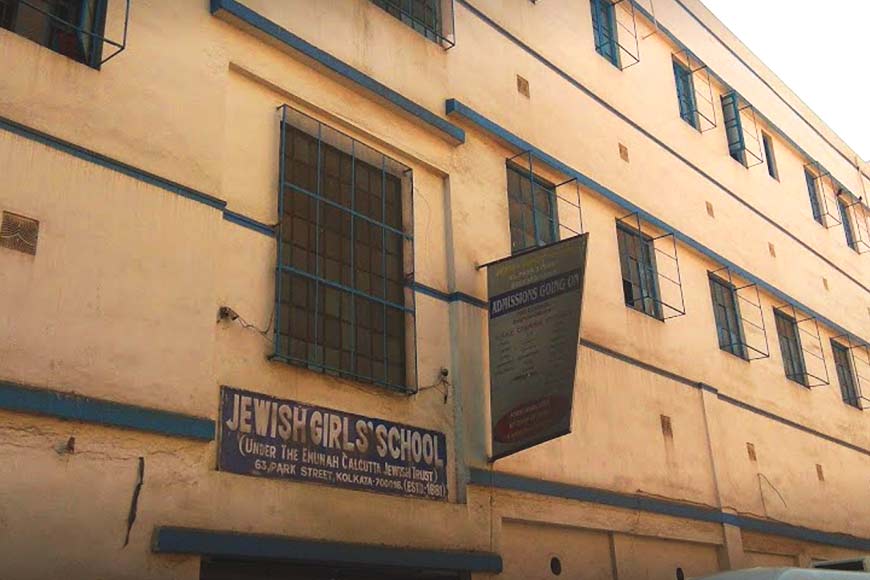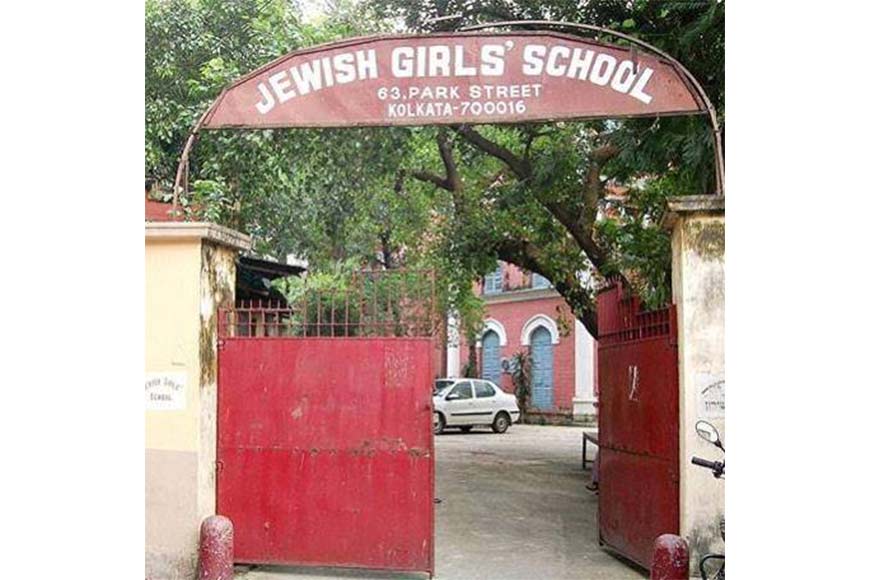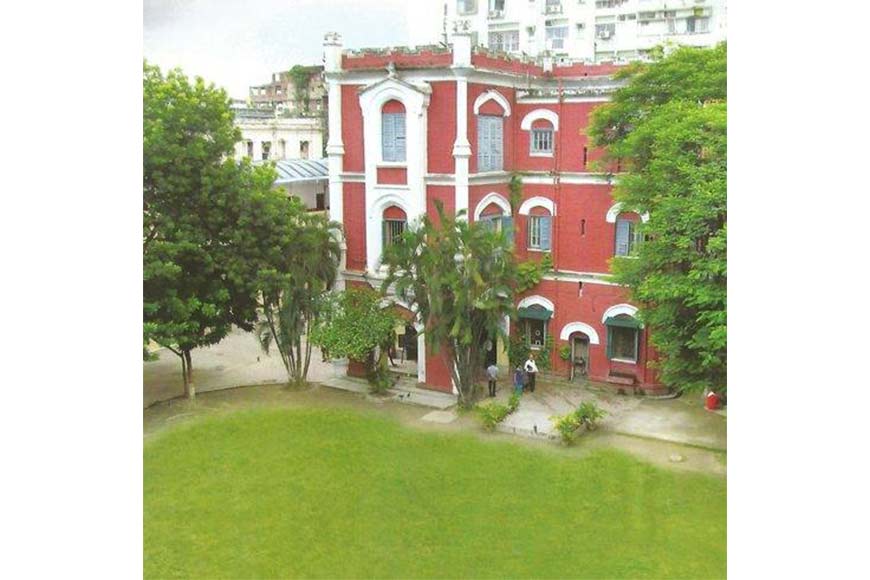Kolkata's Jewish Girls’ School still preserves a slice of Baghdad

Located at 63 Park Street, the Jewish Girls’ School is one of the oldest girls’ schools in Calcutta. This prestigious institution has a very interesting history. The “Baghdadis,” are Jews from Baghdad, Basra, and Aleppo and other Arabic-speaking parts of the Ottoman Empire, who arrived in India in the late 18th century and ultimately formed important trading communities in Bombay and Calcutta. The Baghdadi Jewish community in India was unique. Its people adhered to Iraqi or Syrian traditions and customs but embraced an English lifestyle and education.
Throughout the closing decades of the 19th and early 20th century, the community grew more British-orientated in cultural habits, dress and aspirations. In the 19th century girls studied at home, concentrating on Hebrew and Torah, with Arabic as the main language of instruction. By the early years of the 20th century, they went to English-language schools. But orthodox community members became concerned about the increasing influence of Christian missionaries on their children and decided to start an exclusive school to impart traditional Jewish education. Thus, the Jewish Girls’ School was officially inaugurated on January 18, 1881.

The school changed its location thrice since it began operating. The first school was located in a residential area on 25, Ezra Street to impart ‘knowledge of Hebrew religious principles together with a plain English education’ with 18 pupils. Within a month of opening, there were 50 registered students of whom 27 were free scholars. By the end of the year, the school had 108 students. Two teachers joined the school and a third one was hired to teach music and needlework. There was also a teacher who taught Hebrew. Those children who came from poor families were educated free and were provided with books and stationery. The school was initially known as The Jewish Girls and Infants’ School and admitted boys between the ages of eight and 10 and later came to be known as The Jewish Girls’ School from April 5, 1881. The boys’ school was shifted to new premises under the same management but with different teachers.
The Jewish Girls’ School was placed under the European Inspectorate which maintained a high academic standard and the medium of instruction was English. Then the school moved from Ezra Street to its new home in Pollock Street. A new three-story building was erected on 8, Pollock Street under E.M.D. Cohen’s supervision, opposite the Beth El synagogue in 1926.
Meanwhile, around 1930, the need for a Jewish girls’ hostel was greatly felt by the community leaders. The Jewish Women’s League collected funds, set up a medical panel and started the Jewish Girls Hostel for students. The hostel was opened on December 26, 1937. On the first floor of the school were the students who paid fees while the free students were on the top floor. The school functioned under the guidance of the Jewish Association of Calcutta.
Also read : L.Madeira, a 200-year-old mortuary of Kolkata
By 1950s the area on Pollock Street had become too congested and many members of the Jewish community had shifted south towards the European settlements around Chowringhee. In 1953, realizing that the community was fast dwindling, the JGS decided to open its gates to non-Jewish students. It was much later in 1955 that the school was shifted to its final destination --- its present premises on 63, Park Street which was initially the hostel building. In 1962, a new building was constructed there.
The old building of the new school at Park Street served as the hostel of the 1960s and houses the teachers’ staff rooms and the Principal’s room. It is a beautiful two storied mansion with decorative turret like structures on the top and surrounded by spacious gardens. Behind the building is a covered courtyard and servants’ quarters at the gate, which now serves office purposes. Inside the building on the ground floor was a sprawling hall which served as the dining room and common room with a grand piano placed in a corner. The piano survives to this day – a reminder of its glorious past. A flight of wooden staircase from the foyer leads to the second floor which functioned as the girls’ dormitories.
Through the 1950s to the 1980s there were only a handful of Jewish children in the school and at present there are no student from the community, yet the traces of the school’s Jewish past still survives. The girls still have a Maghen David (Star of David) on their blouses and on the school notebook, some Jewish holidays are still on the calendar, and the board of the school is still Jewish. The school building, donated by the Gubbay family, prominently displays their name. The hall displays pictures of all the Jewish patrons and presidents of the school mounted on the wall. Wooden plaques that record names of the Jewish girls who graduated from the school each year are displayed in the main hall.

In 2006, JGS celebrated its 125th year, its Jewish heritage was celebrated by the students and staff, none of whom was Jewish. They sang songs in Hebrew and performed Jewish folk dances, as well as performing other dances from the various states of India. The school continues to provide a quality education for almost 35 years after there were no Jewish students in the school. JGC is affiliated to the Council for the Indian School Certificate Examinations and accordingly prepares students for the ICSE and ISC examinations.











